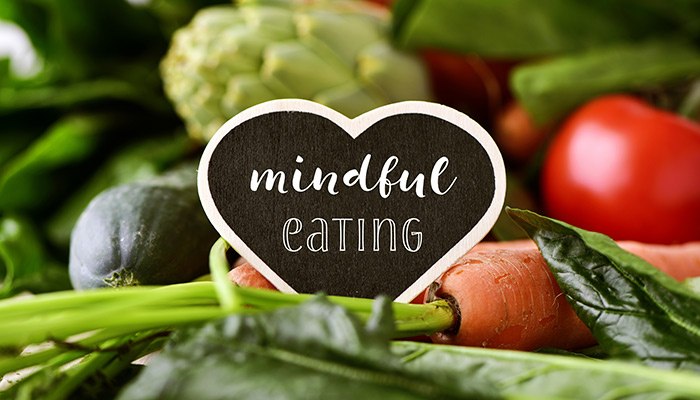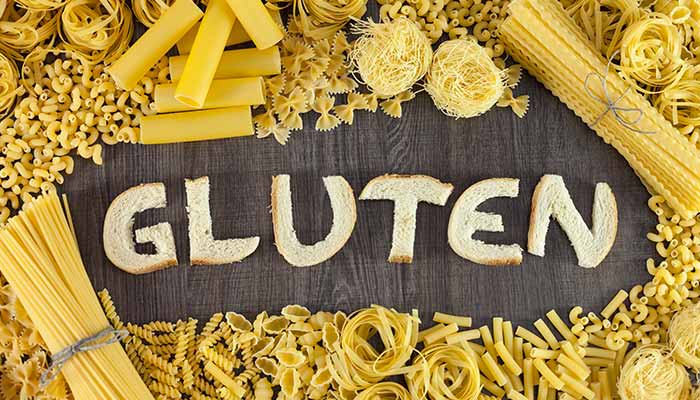I am often amazed at the number of patients who feel that due to family history they are doomed to a particular disease. One of the most frightening of these “inevitable” diseases is Alzheimer’s disease.
I have some skepticism with “cures” as they suggest we are powerless until the medical industrial complex saves us. I do sincerely hope that we find a “cure” for Alzheimer’s, but in the meantime let’s go with what we have, and boy do we have a lot to go on, especially in the area of prevention. That this disease is preventable and even treatable, yes it is treatable, is welcome news and I’m glad to give it.
As so often occurs in life, you don’t get something for nothing, so let’s explore what you should be doing now to not only prevent Alzheimer’s but other diseases such as diabetes and what kind of changes it will require.
They are now calling Alzheimer’s, Type 3 Diabetes, because of its intimate connection with the brain cells inability to move sugar into the brain cells secondary to insulin resistance. Studies are now showing the Alzheimer’s and insulin resistance go hand in hand. This is relatively new science as it was long thought that the brain did not need insulin for uptake of sugar but that is not true, especially in the area of the brain needed for memory. With insulin resistance your brain basically starves, as it can no longer move sugar into the brain to create energy to stay alive.
So the solution seems easy right? Pass you another Ho-Ho you say? Yeah, if only that were the case…but that just makes it worse, unfortunately for you and your Ho-Ho addiction, despite what Marie Antoinette would have to say about your brain and what it should eat. It’s like dying of thirst in the middle of the ocean. To understand this we need to understand that sugar is a two edged sword.
Sugar is our preferred energy source but too much of a good thing, is well, too much. Our cells start protecting us from it because it causes damage to cells when there is too much of it. In this way sugar actually prevents energy production, and stunts the body’s ability to clean up toxins as it should.
Much like Lucy and Ethel in the famous candy factory episode, there is so much excess sugar and nowhere else to store it, that it ends up back in the blood stream (stays on the conveyor belt) continuing to circulate, raising blood sugar and ultimately causing insulin resistance in the cells.
Insulin resistance causes cells to “starve,” brain cells need sugar, so insulin resistance/diabetes causes brain cells to “starve” to death. As studies have shown it’s hard to have Alzheimer’s without insulin resistance.
We consumed 4 lbs of sugar a year 100 years ago and since then some estimates have us consuming over 140 lbs per year! “Holy Crap” is what you should be thinking right now and rightly so, that is a lot! Where does all this sugar come from? Most patients I talk to invariably tell me that they don’t eat much sugar, but as I pull apart their diet I start pointing out the numerous sources we don’t think of as being loaded with sugar and without realizing it, their diet is loaded with sugar.
Every thing that comes in a package should be considered refined (broken down from a whole food and made into a processed food) which in and of itself is creating simple sugars that enter the bloodstream very quickly and cause sugar overload. Then there is the hidden sugar in such “great” nutritious foods like yogurt. Most of it is full of sugar. Soda, diet or not, is too blame for a great deal of our sugar pounds (diet soda increases appetite and in some studies causes more weight gain than regular soda).
Avoiding this is simple. Eat food without modification, i.e. whole foods. Here is a great place to start http://www.drweil.com/drw/ecs/pyramid/press-foodp… . I find it to be quite helpful in understanding healthy foods.
Every time we smoke, eat char-grilled foods, get exposed to mercury, eat chemically modified foods, or get exposed to pesticides, to name a few examples, the body cleaning system has to be diverted to clear these toxins and cellular clean up is slowed and insulin resistance is brought on as cells shut down energy production until “wastes” can be removed. We are on are way to Alzheimer’s, cancer, or diabetes by choosing increased toxic exposure through non- organic foods or inflammatory foods such as “fast food” and other environmental pollutants such as BPAs from plastic bottles etc.
What are we to do? Even if we have already started on the path of Alzheimer’s we can help delay these processes with changing lifestyle , and with well chosen foods and supplements we can even reverse the damage or least stop the decline.
Coconut Oil
One of the most fascinating food substances that helps with Alzheimer’s is coconut oil. This food remedy is starting to show up more and more in mainstream media and Alzheimer’s groups due to in large part from the efforts of Dr. Mary Newport, who wrote a fascinating book, “Alzheimer’s Disease: What if There Was a Cure” about how her husband was brought back from the brink of dementia with the use of medium chain fatty acids in coconut oil.
This is an unfairly disparaged food source, which is very healthy and bypasses the brain’s dependence on sugar. Our brain loves the energy provided by coconut oil and will use this instead of sugar when it can no longer utilize sugar effectively. Not everyone responds to this but a majority of Alzheimer’s patients have noticeable improvement with 1-2 tablespoons twice a day in shakes, used like butter, or used for cooking. It does not cause heart disease and may actually help, so give it a try and read up on it in books such as the “The Coconut Oil Miracle.” What a wonderful energy source it is for the brain that bypasses the brain’s need for sugar.
Supplements
- The use of Co Enzyme Q10 is a great place to start at 100-200 mg a day and is very potent anti-inflammatory.
- Magnesium is another essential element at 600-900 mg a day and would use Magnesium Taurate for the calming effect of Taurine on excitable neurons. Magnesium is also important for insulin resistance.
- Green Tea Extract, from high quality supplement manufacturer such as Thorne, is extremely potent anti-inflammatory and helps with insulin resistance.
- Vitamin D3 at 2000-4000 IU per day with a high quality Curcumin supplement at 1000 mg a day has actually in studies been shown to remove plaques of Alzheimer’s from the brain and is also a very good combination for diabetics (noticing a pattern yet?).
- Omega 3 is a potent anti-inflammatory as well, and in studies has been shown to be beneficial in diabetes and Alzheimer’s. Invest in high quality products to avoid an increase of inflammation. Poor quality fish oils are oxidized (exposed to oxygen) during processing, and therefore cause more damage to cells.
- A good multivitamin oriented toward diabetics such as Pure Lean Nutrients from Pure Encapsulation (one of my favorite multivitamins) that contains some of the previously mentioned nutrients plus diabetic nutrients such as chromium, zinc, and cinnamon all in one bottle.
So are we cursed to follow our family history? Not at all, and most importantly we are in charge of our destiny as we combat so called inevitable diseases such as Alzheimer’s/Type 3 Diabetes. As Mark Hyman MD** puts it so succinctly- the greatest tool for treating these diseases is our fork.
** Great book by Dr. Hyman which explores the sugar problem in America is Blood Sugar Solution- a must read if you want to understand this better






